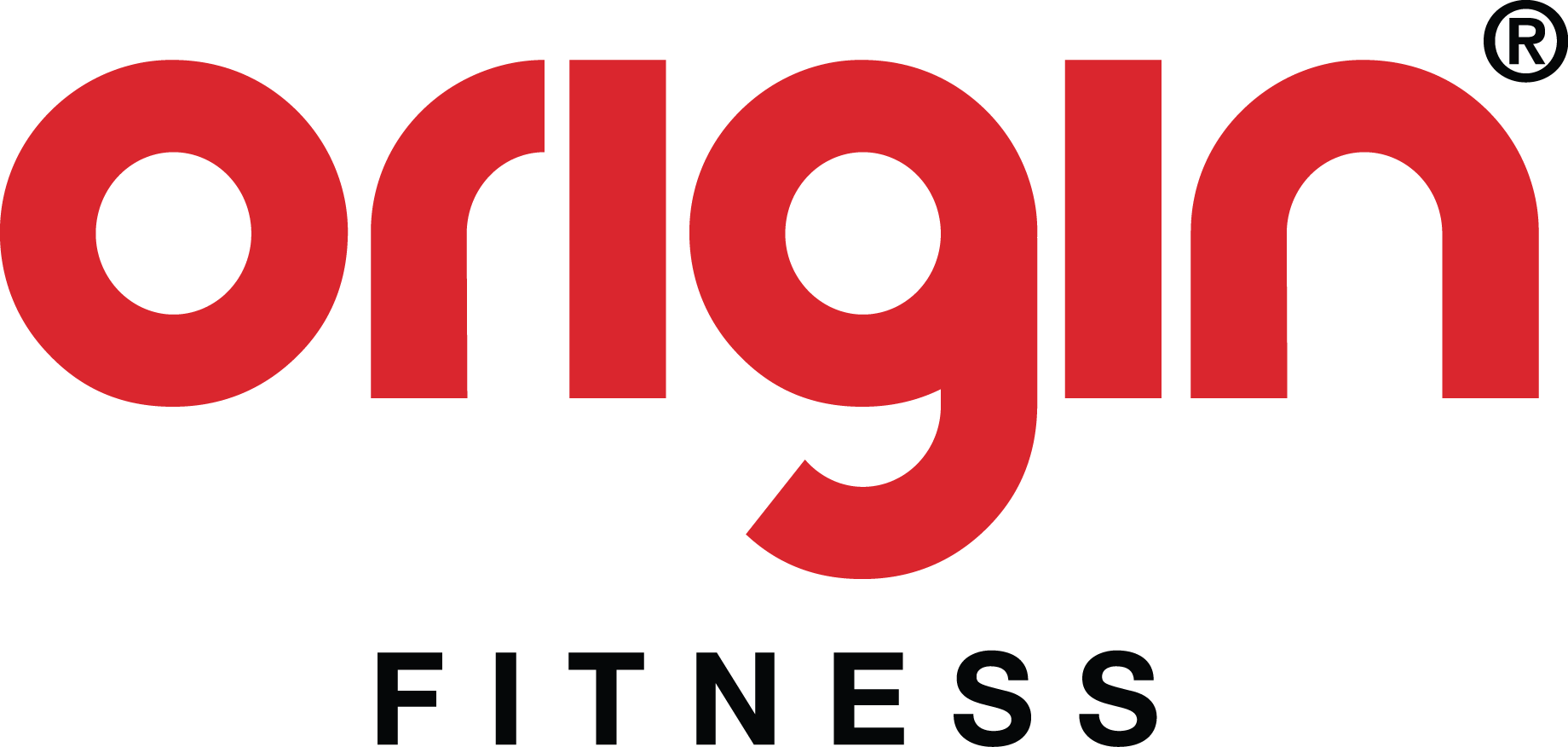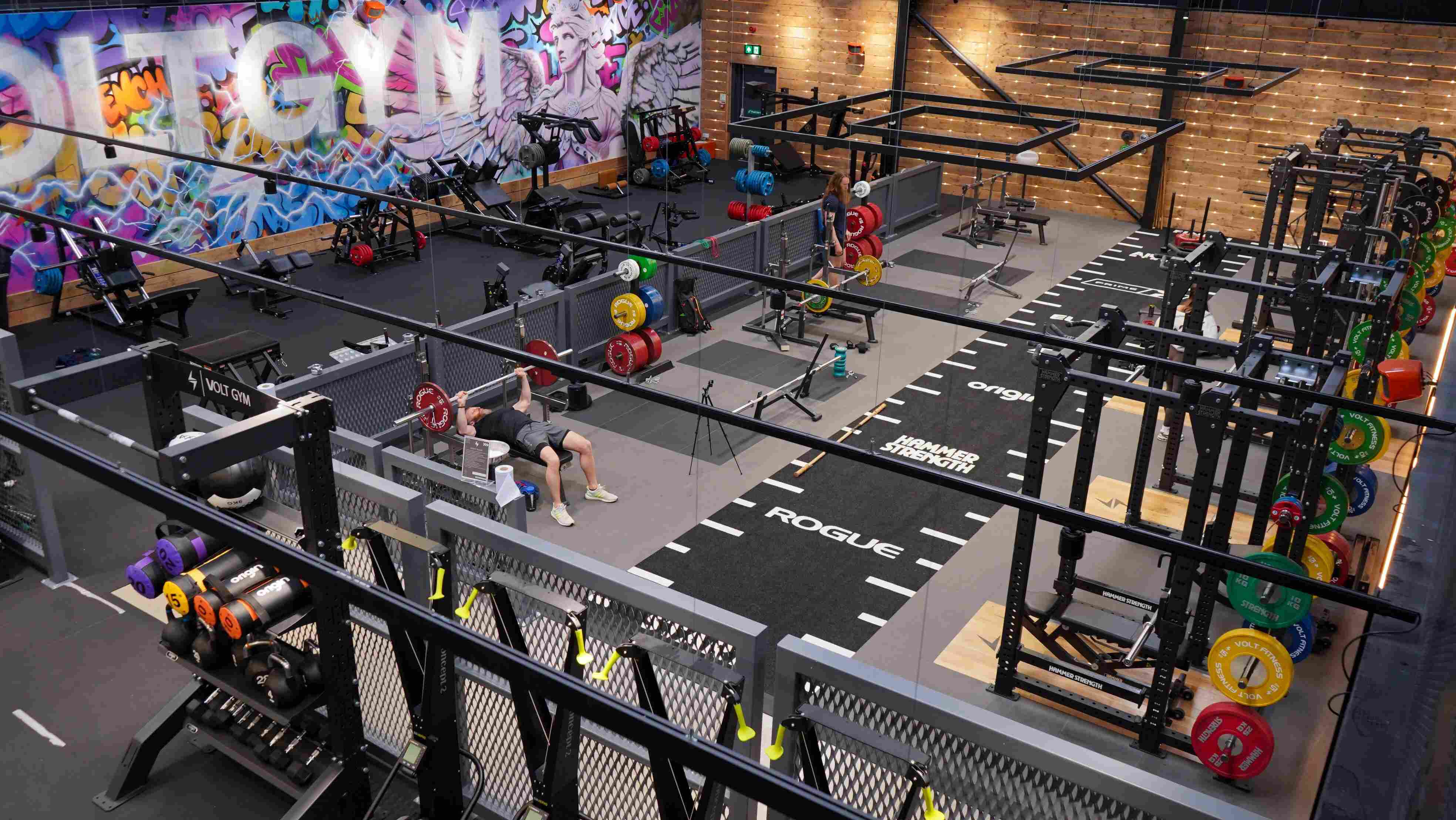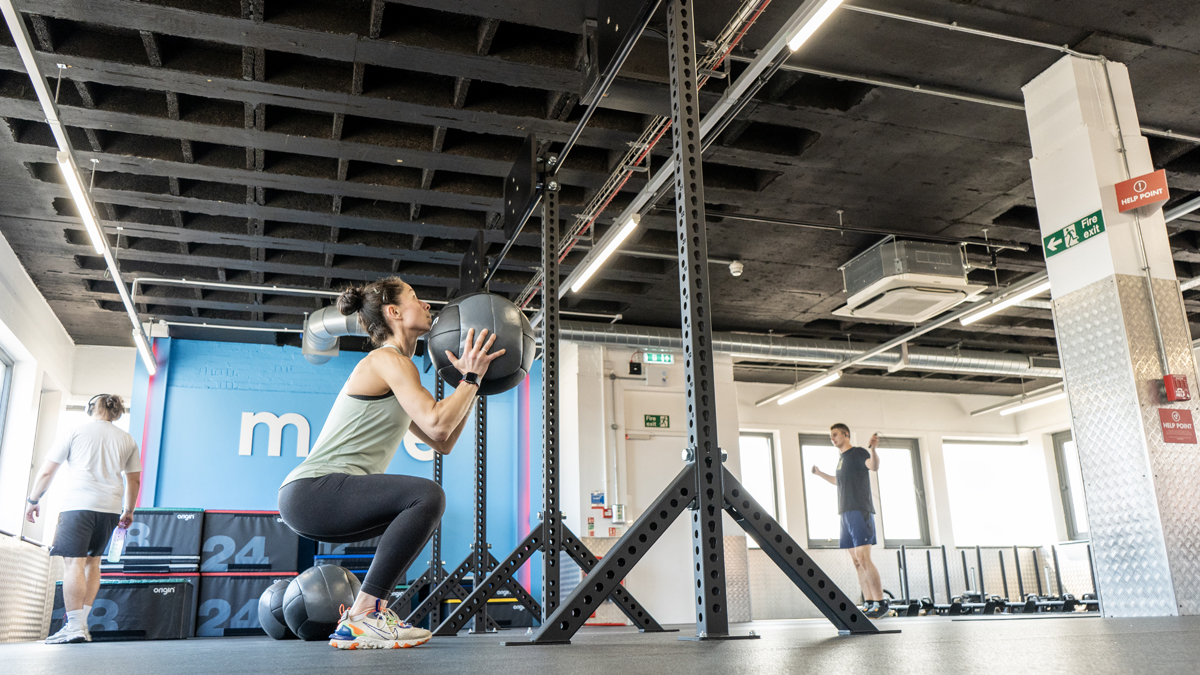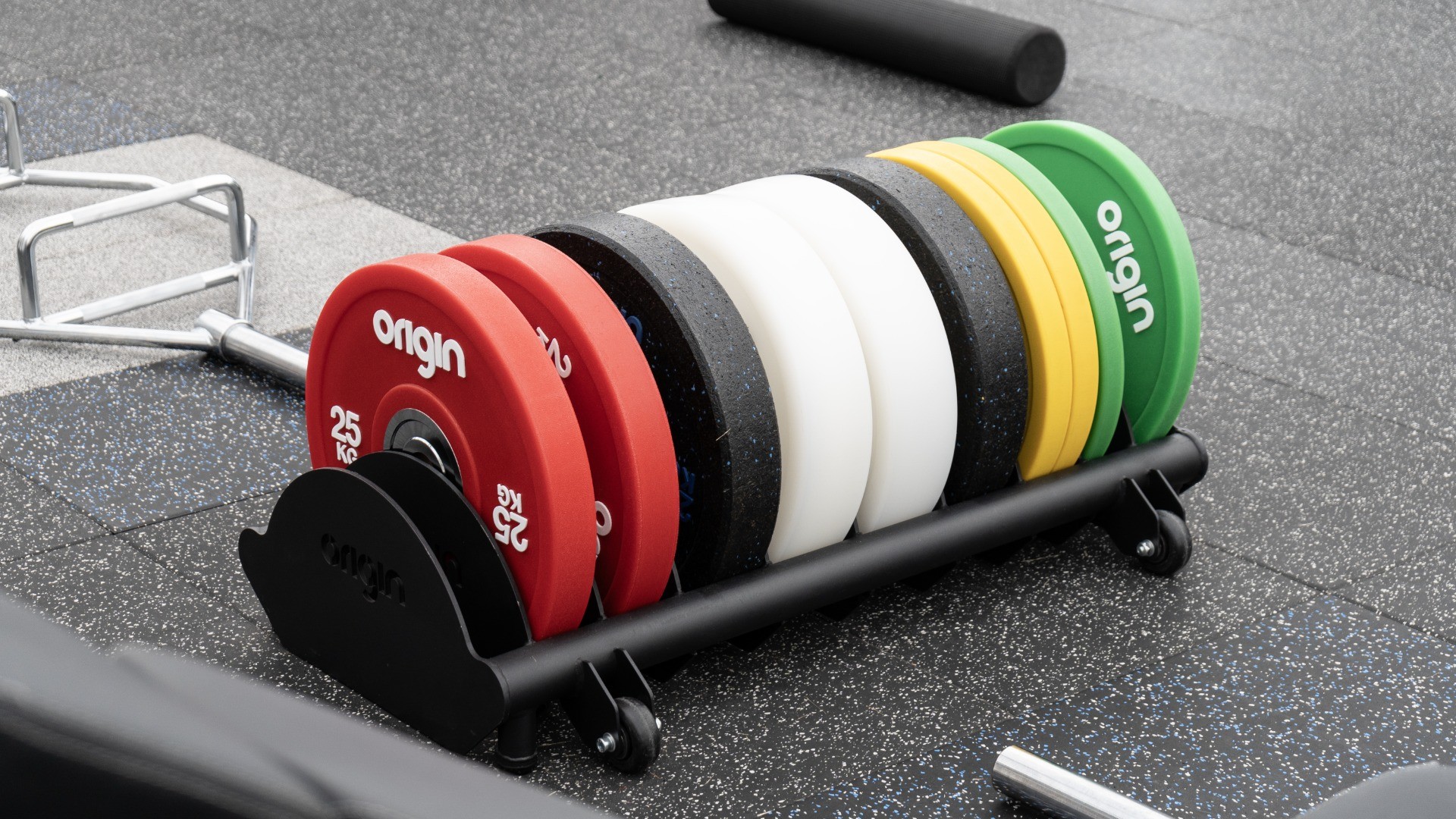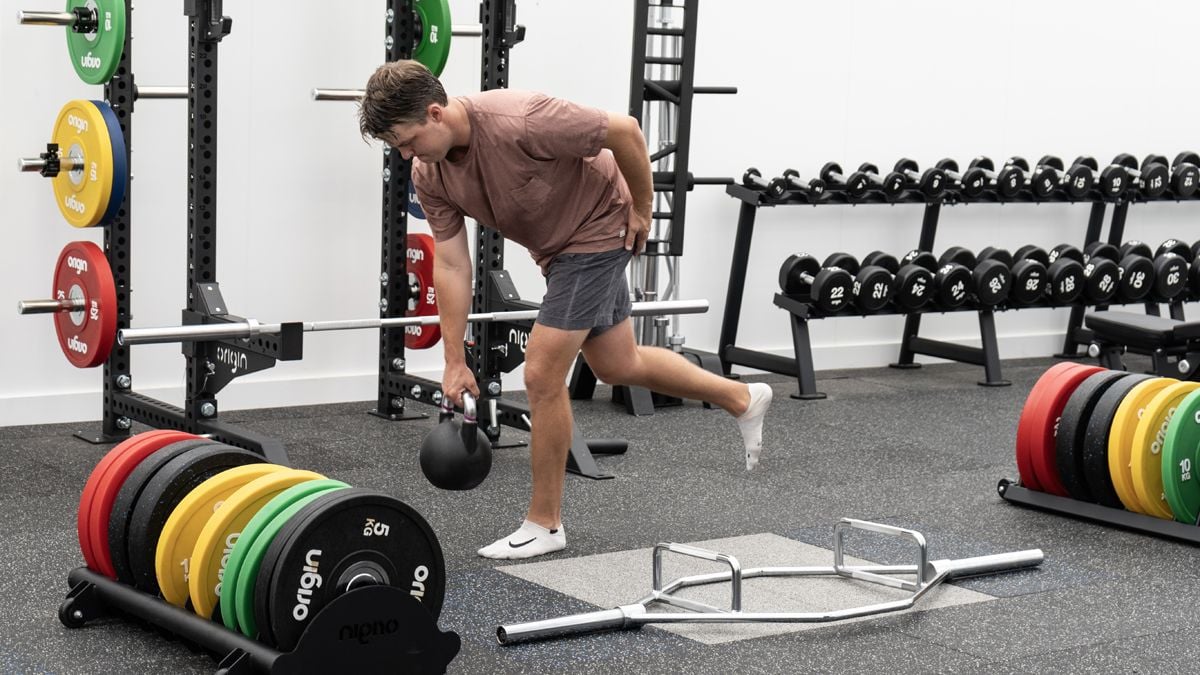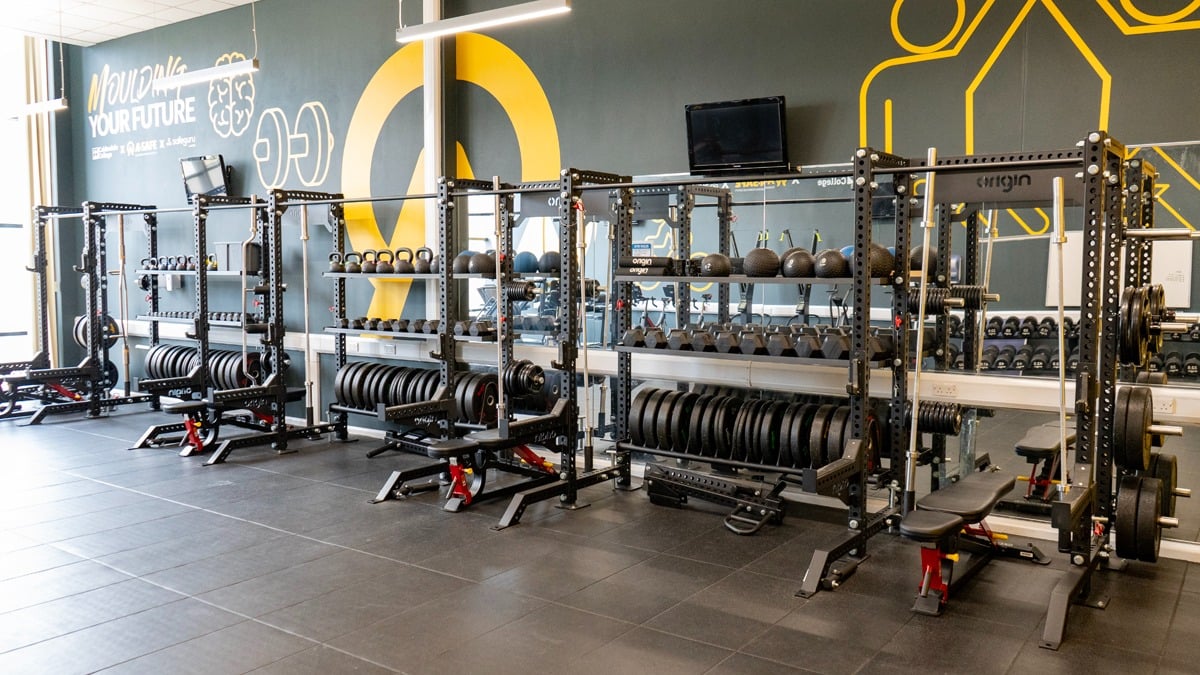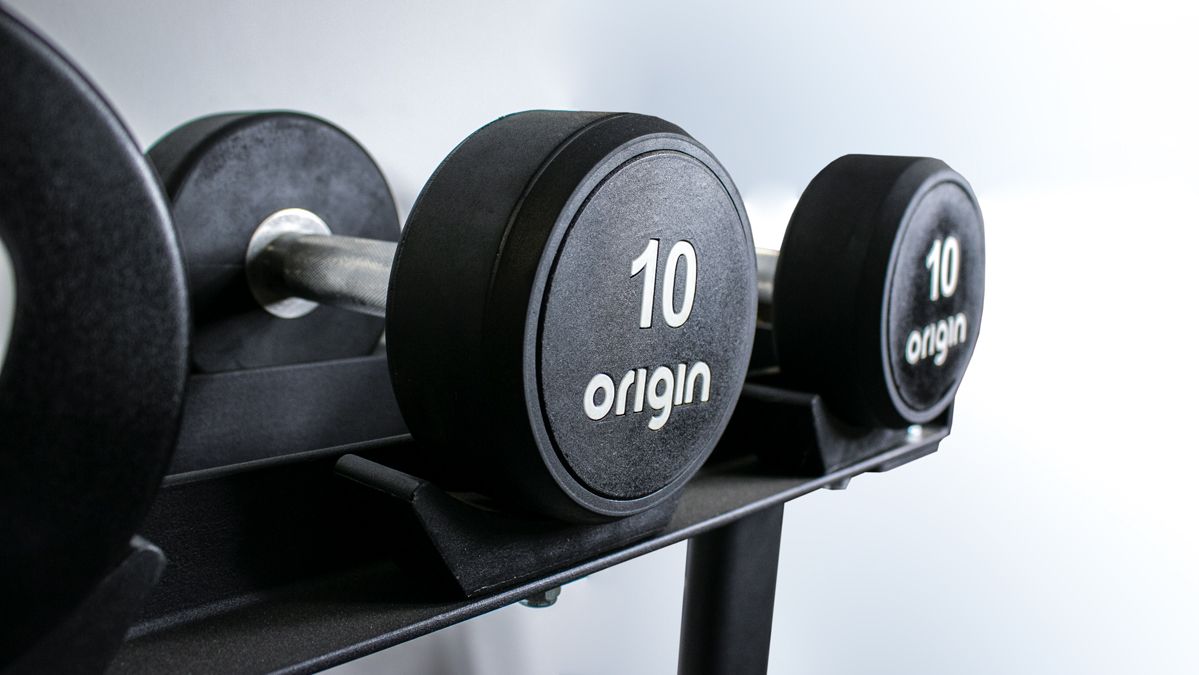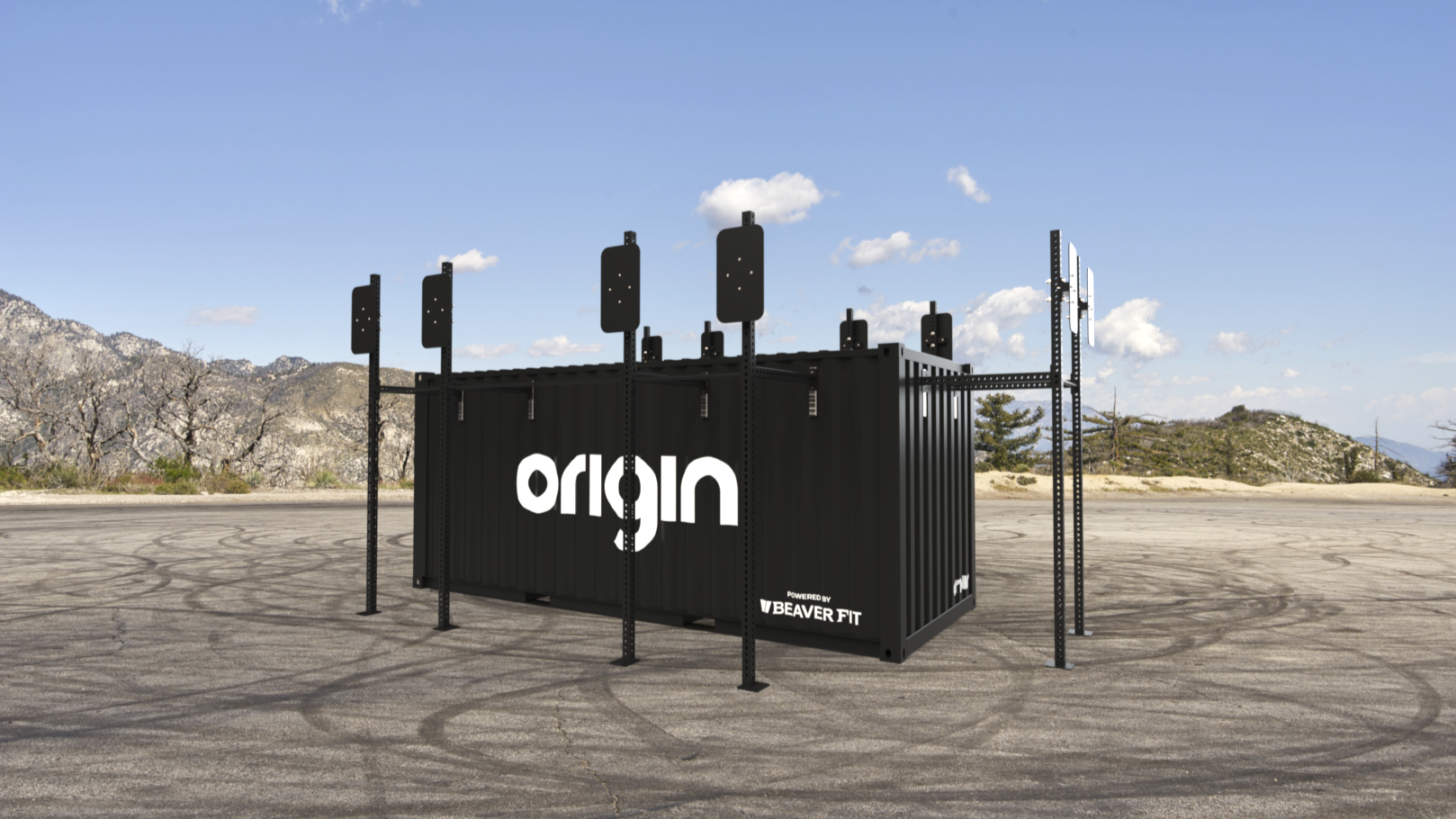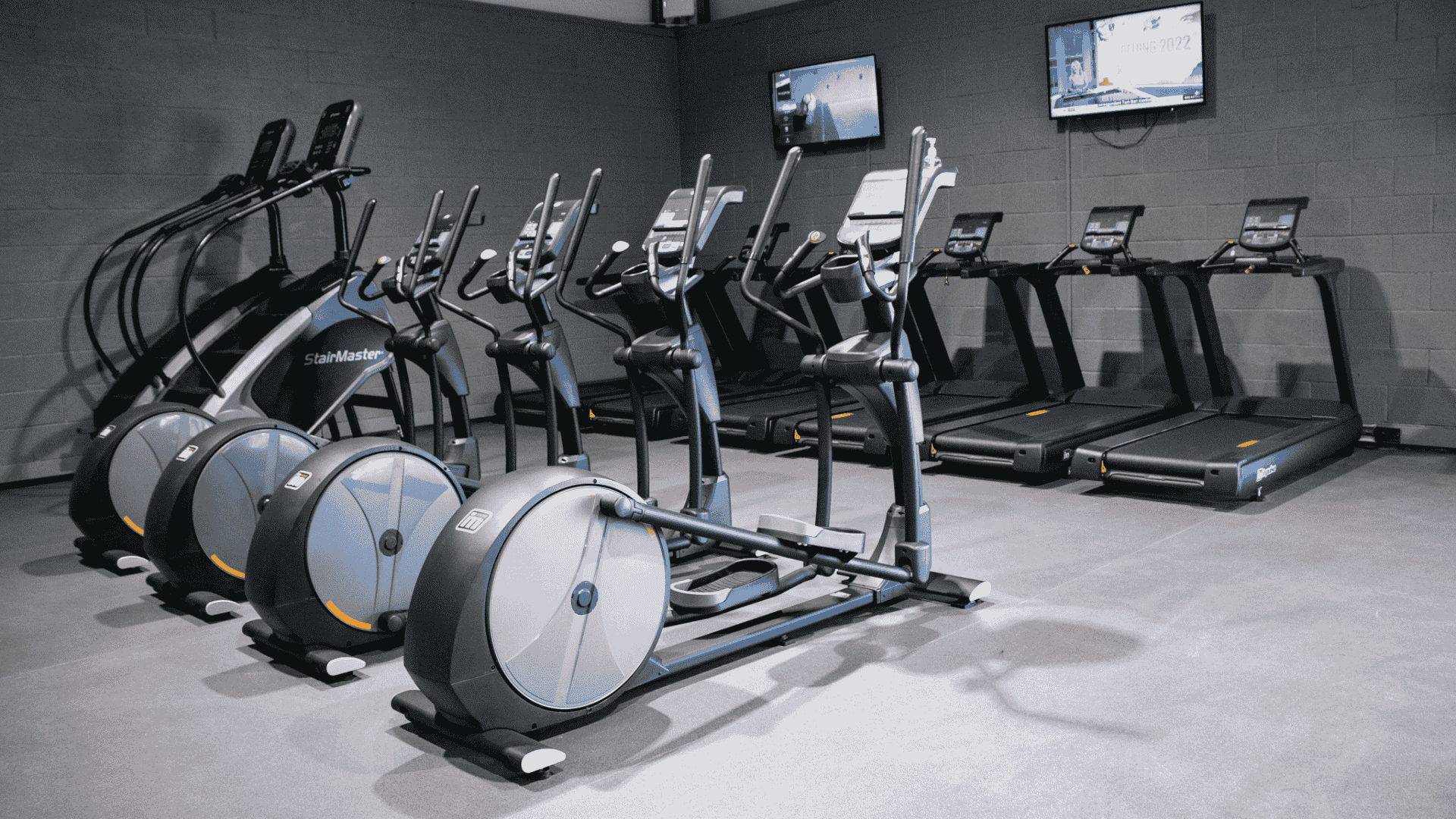Discover all Knowledge & Advice Articles
Gym Design: Our Comprehensive Guide
Gym Design is one of those topics that covers a wide range of topics. It can make it difficult to fit it into one single post, but we’re going to try our best to do just that. If you’re considering opening
Origin Fitness at Elevate 2025
Origin Fitness will be attending Elevate on the 18th and 19th of June. We are returning to ExCel London for another year of the UK's largest fitness event. We'll be on Stand E07 with our team on hand
Origin Fitbox® Container
Over the last few years, functional fitness has grown at an unbelievable rate and shows no signs of slowing down. Every other month, it seems like a new fitness event is launching, capitalising on its
Are You Wrecking Your Wall Balls?
Love them or loathe them, wall balls have become a common sight in gyms across the country. They take centre stage at most functional fitness events and give even veteran Hyrox or CrossFit athletes nightmares.
Origin Reformer Pilates
The Origin Reformer Pilates are launching now. Strength, stability, and style — no matter the skill level, we’ve got the perfect reformer for you. We will be expanding this range soon but are starting
Beginner's Guide to Self-Massage and Myofascial Trigger Point Release
This beginner's guide is a brief introduction into how self-massage and self-myofascial release (SMR) works, the benefits behind it and a few techniques that you can introduce to your clients or your own
Top 13 Plyo Box Exercises
Plyometric training is an effective way to develop explosive power and enhance your vertical jump. Plyo box exercises are especially important in training in specific sports, such as basketball and athletics.
The Recovery Chronicles (Part Two): Exercise, Endorphins and You
Whenever we are in a period of uncertainty, like being injured, the primary indicator of success is called ‘box ticking’. In my years of coaching and being coached, navigating times when we feel out of
The Recovery Chronicles (Part One)
Introduction and Injury
As some of you will have seen, Origin has partnered with several athletes who share our values and mission over the last year. This year, we wanted to spend more time discussing
Cross Trainer Buying Guide
Cross trainers are the perfect starting point for new gym goers and are still a great tool for more advanced athletes. They're one of the most common bits of equipment found in modern gyms, but what factors
- Page Previous
- You're currently reading page 1
- Page 2
- Page Next
